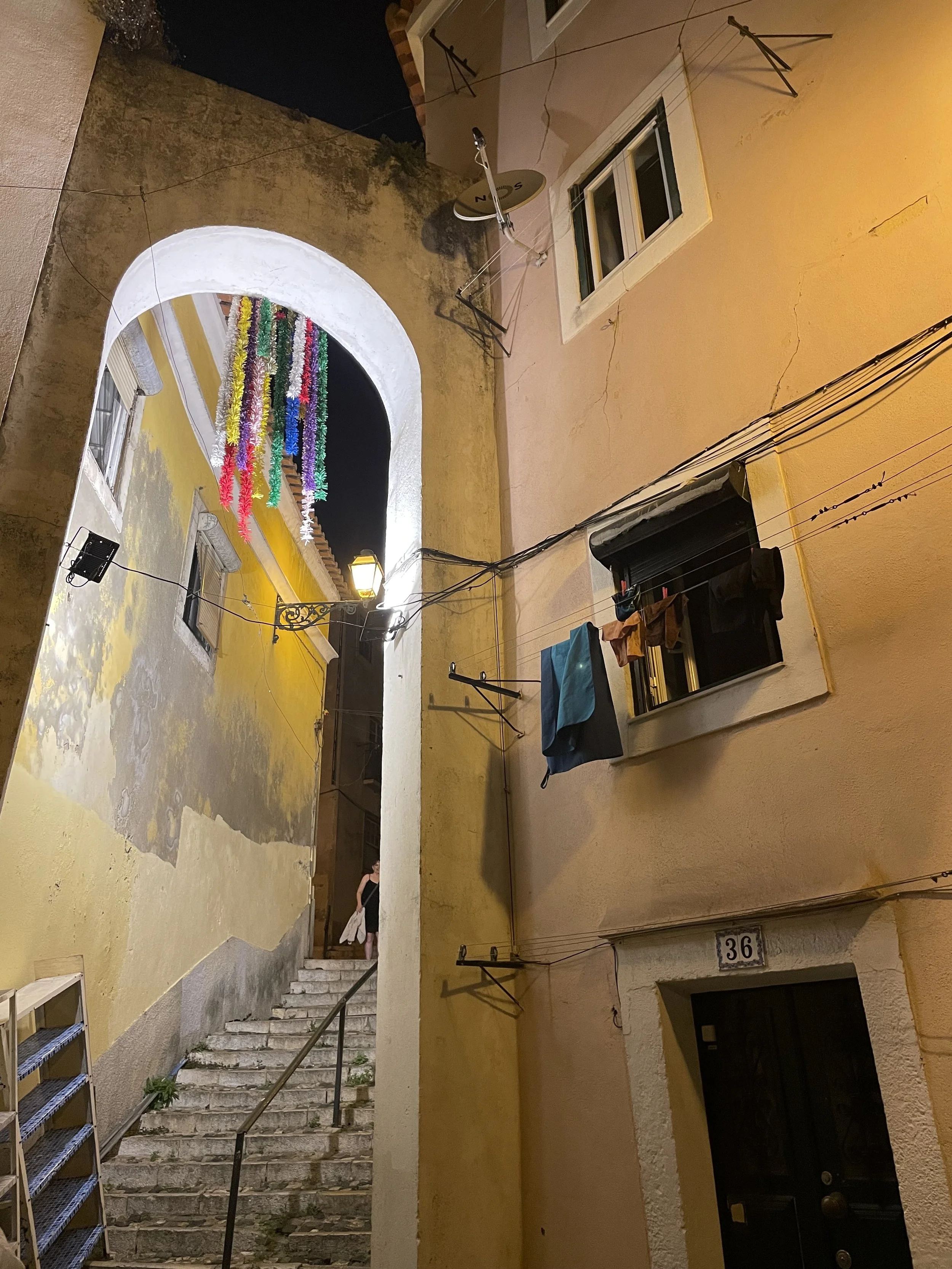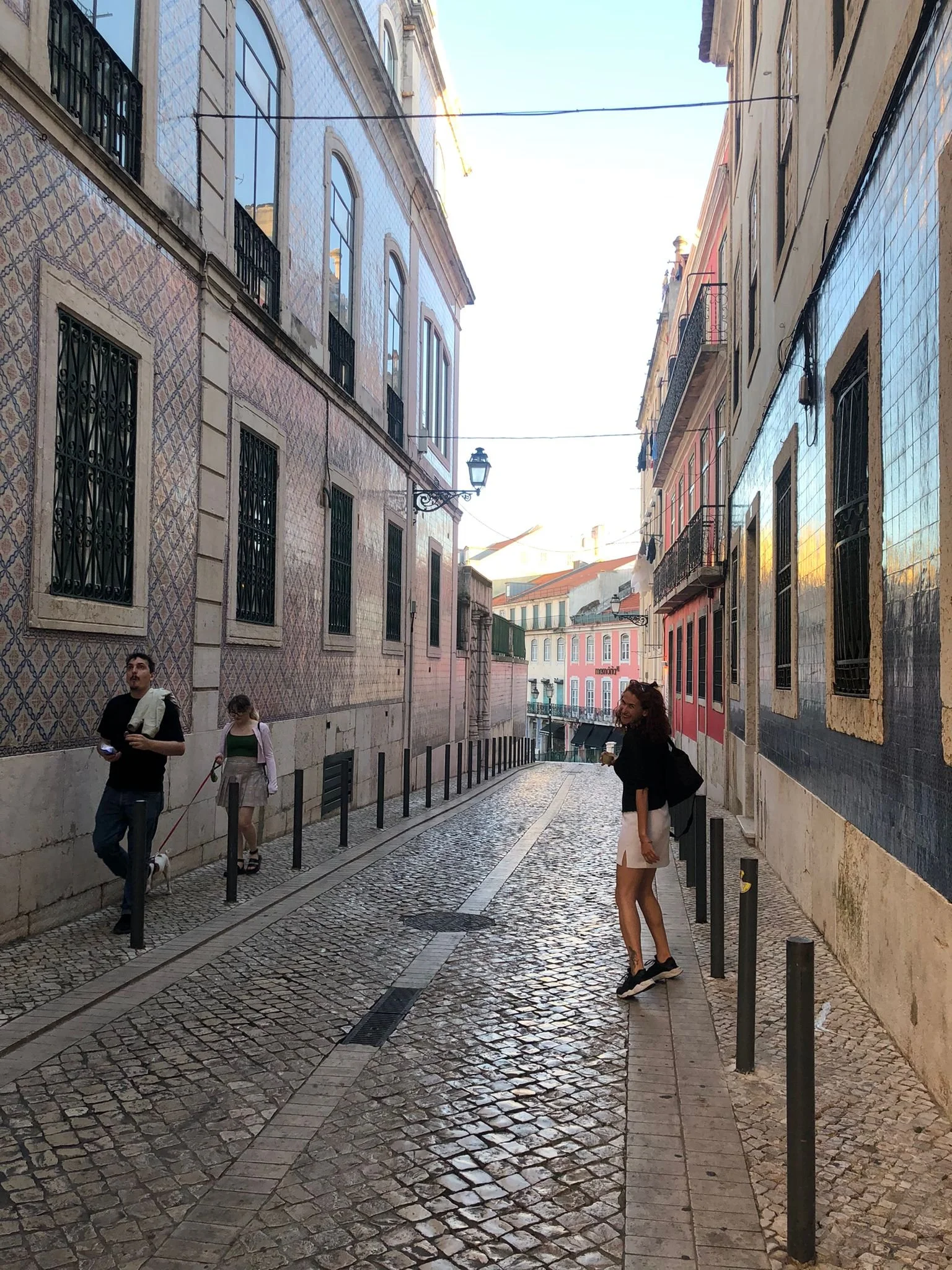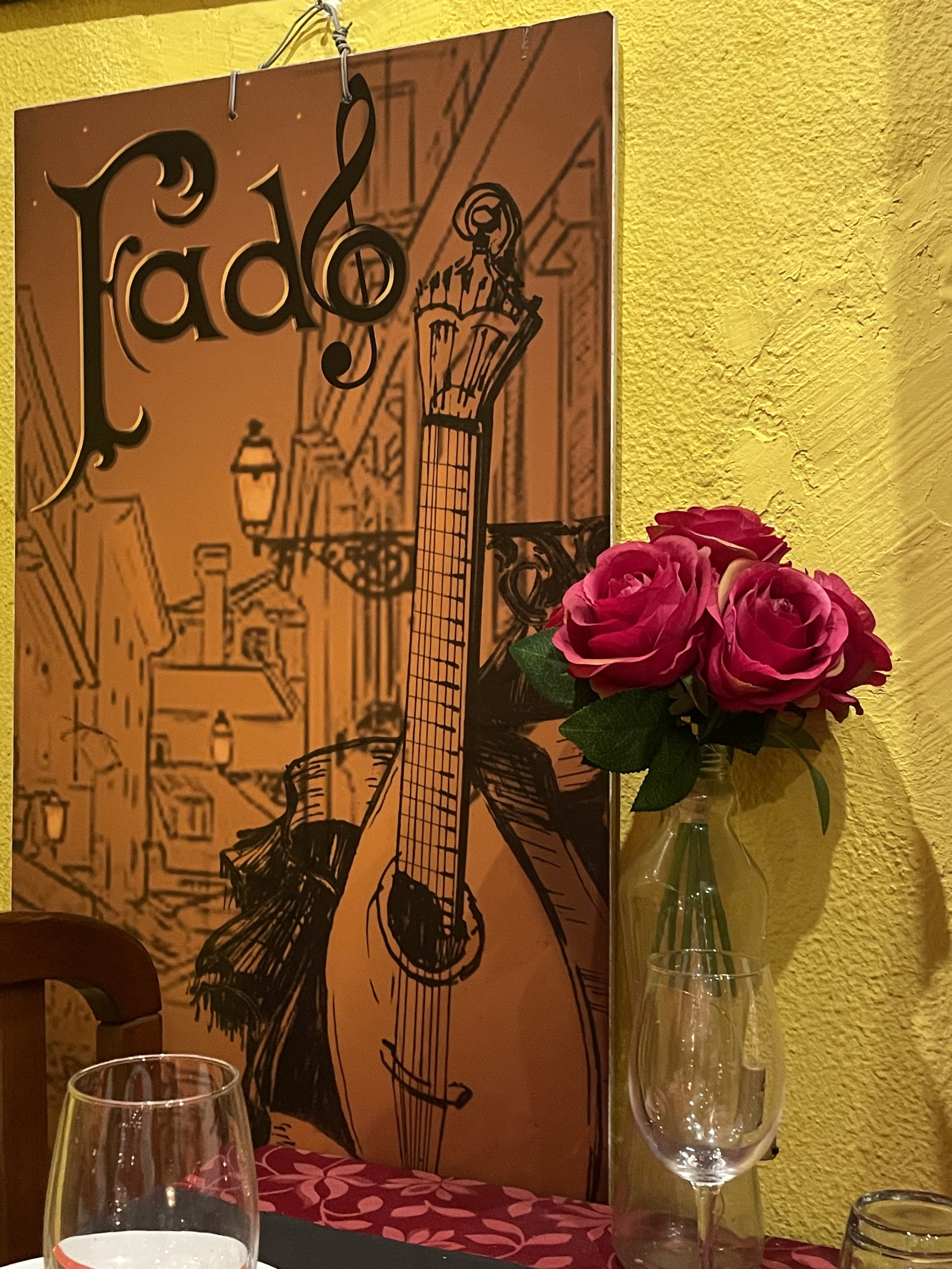The westernmost point of Europe
Greetings and love from Lisbon!
We wanted to create a space where we could talk about the similarities between two mesmerizing cities—Lisbon and Istanbul—their mutual influences, and even their rivalry. A place where we could endlessly explore and compare them. I’ll try my best and frequently share stories from Lisbon, in one way or another, carry the scent of Istanbul.
Photo credit Defne Kayacık
There are many reasons why Lisbon feels familiar to those coming from Istanbul.
First and foremost, their physical similarities: both cities are built on seven hills, both have steep slopes, bridges, trams, labyrinthine streets, and yes, even chestnut vendors on the streets. Many places in Lisbon unmistakably carry the scent of Istanbul. It’s no coincidence that whenever I post a street photo or a close-up detail on social media, people often comment, “Oh, are you back in Istanbul?”
Once you start listing the similarities, it’s hard to stop. Just like in Istanbul, you’ll find streets tightly intertwined, buildings so close you could almost reach out and touch them, breathtaking views that suddenly appear around a corner, geraniums in front of window, and cobblestone pavements (By the way, what ever happened to Istanbul’s cobblestone streets that once inspired songs?).
But beyond these Mediterranean connections, there are deeper, more layered ties between these two cities—one standing at the eastern edge of Europe, the other at the far west. Lisbon, gazing at the wild Atlantic; Istanbul, resting by its calm waters.
Lisbon, much like Istanbul, has been shaped by waves of different civilizations—Celts, Romans, Moors… As a port city, it has always been a melting pot of cultures, shaped by its visitors, conquerors, and settlers. You can still trace these influences in the city’s culture and daily life. In Alfama, one of Lisbon’s oldest neighborhoods, the Moorish heritage is particularly strong. Walking through its narrow alleys, you might feel as if you’re wandering through Çukurcuma, or catching the salty breeze of Ahırkapı.
The essence of both port cities is felt most strongly in Alfama. Even its name is deeply familiar to us—Al-ḥamma, meaning baths, baths/ hammams. In the 8th century, the Moors settled here, mostly making a living from fishing. The narrow streets, open-air markets, laundry lines strung between buildings—traces of that time still remain. But today, Alfama is famous for something else: Portugal’s soul-stirring, melancholic music—Fado.
Photo credit Defne Kayacık
It is said that Fado was born from the sorrow of sailors who left during the Age of Discoveries and never returned. Which, in a way, brings us back to something we know all too well—the melancholic nights spent in Istanbul’s meyhanes. Just as Istanbul’s old meyhane's echo with sorrowful ballads, Lisbon’s fado houses fill the air with a longing that is impossible to ignore.
For me, Alfama is a bit like Asmalımescit. Its old, historic fado houses feel just like the meyhanes of Asmalımescit; traditional ones or newer modern touched, the music drifting through the streets, the different crowds by day and night, and the slightly tipsy wanderers making their way home through dimly lit alleyways…
So this time, I’ll end with the voice of one of the most powerful and iconic fadistas—Amália Rodrigues...
Cheira a Lisboa -It smells like Lisbon
Love from Defne Kayacık




